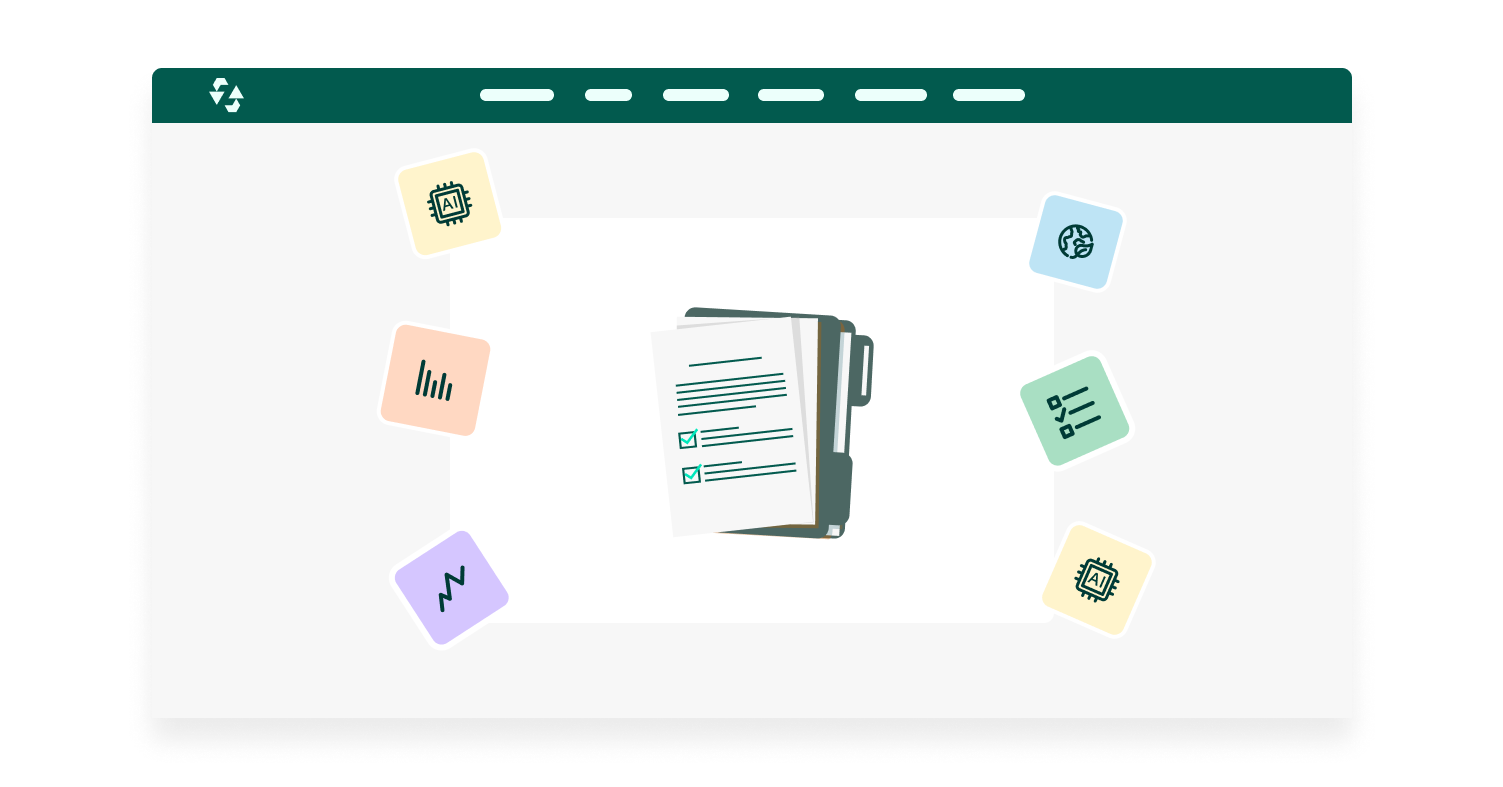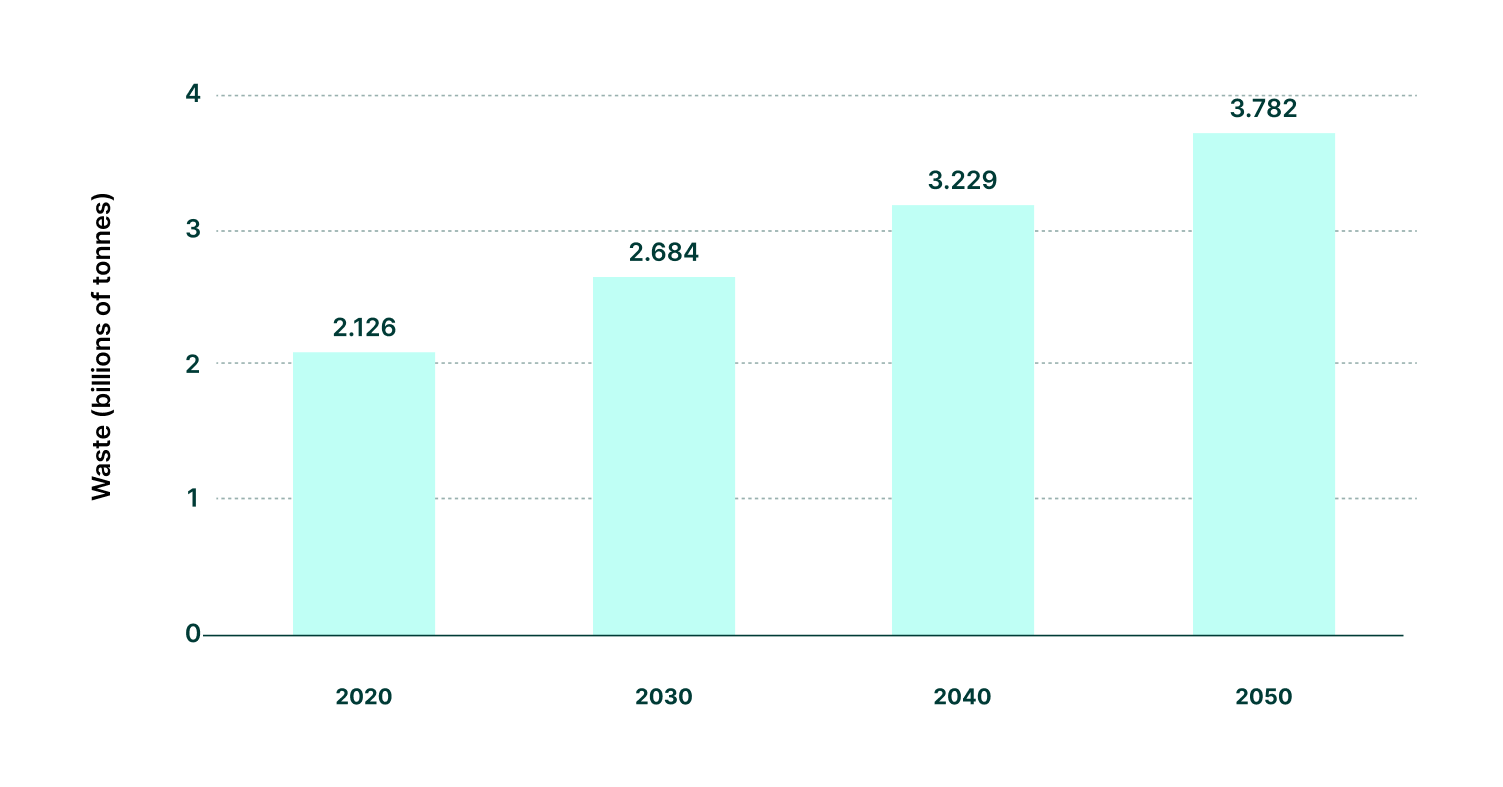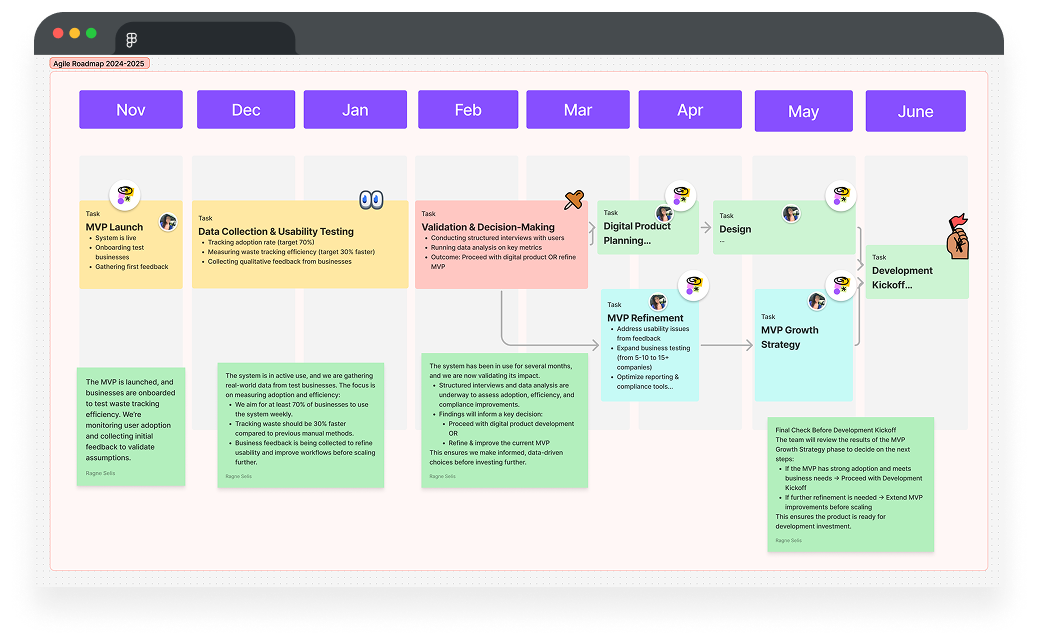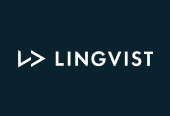GrönLoop
Team
Role
Research & User Insights, Product Strategy, Business Alignment

Overview
GrönLoop is a Swedish AI startup working to improve waste management by using smart technology. During the pre-MVP phase, my role was to research, analyze user needs, and create a clear strategy for their platform. The goal was to help businesses manage waste more efficiently while supporting sustainability efforts.
Each year, millions of tons of recyclable materials end up in landfills due to poor waste management systems. GrönLoop aims to change that by using AI to sort waste, improve recycling, and give businesses better ways to track their sustainability progress. This project focuses on solving a global issue while bringing both economic and environmental benefits.
Research fan? Take a look at the process
The Rising Costs of Waste Mismanagement
Every year, millions of tons of recyclable materials go to waste because of inefficient waste management. This doesn’t just harm the environment—it also costs businesses money by missing opportunities to recycle and cut expenses.
GrönLoop aims to solve this by using AI to automate waste sorting, improve recycling processes, and provide businesses with better sustainability tracking.
The cost of waste management is also rising fast. In 2020, global waste-related expenses were $252 billion, and they are expected to reach $640 billion by 2050. Many businesses struggle to balance costs and sustainability, making it clear that better solutions are needed.
By combining AI and smart waste management practices, businesses can reduce costs, improve efficiency, and meet sustainability goals—all at the same time.

Projected global municipal solid waste generation for 2030, 2040, and 2050 if no urgent action is taken. Source: Global Waste Management Outlook, UNEP (2024).
AI: A Game-Changer for Waste Management
AI is making waste management smarter, cheaper, and more sustainable. AI-powered sorting systems reduce contamination, leading to higher-quality recycling. Smart waste bins track fill levels in real time, helping businesses optimize collection schedules and cut costs. Beyond waste sorting, AI also supports the circular economy by maximizing resource use, extending product lifespans, and recovering valuable materials.
Who We’re Building For
To make sure the solution truly helps users, I researched the biggest challenges faced by businesses in waste management. Through informal interviews and secondary research, I explored their goals, frustrations, and what they need most.
Research Approach & Key Insights
To make sure GrönLoop solved real challenges, I conducted lean but effective research that fit the project's early-stage scope. Since we were a small team with no budget for large-scale studies, I focused on three practical research methods:
- Industry & Competitor Research – I reviewed market reports, sustainability regulations, and competitor solutions to understand the broader landscape of waste management. This helped pinpoint gaps in existing tools and identify where businesses struggled the most.
- Expert Conversations – I held informal 1:1 interviews with five professionals working in sustainability, operations, and waste tracking. These were quick, 20-30 minute calls that revealed first-hand pain points, such as how companies still rely on outdated spreadsheets and manual processes.
- Online Research & Discussions – I explored LinkedIn, industry forums, and customer reviews of competitor products to see how businesses talk about waste management issues in real life. Recurring themes included the complexity of compliance reporting and the time wasted on manual waste tracking.
These insights formed the foundation of our MVP strategy, helping us prioritize core problems that businesses actually struggle with instead of making assumptions.
Key Findings: The Pain Points We Discovered
After analyzing all the research, I identified three major pain points that shaped our approach:
Messy & Inefficient Waste Tracking
- Businesses lacked structured systems for tracking waste, leading to errors, inefficiencies, and compliance risks.
- Many were still using spreadsheets or paper-based logs, making it difficult to generate reports.
Regulatory Compliance is a Struggle
- Companies, especially larger ones, struggled to keep up with changing regulations on sustainability and waste disposal.
- Failure to comply meant potential fines or missed sustainability targets.
Cost & Effort Are Major Barriers
- Many businesses, especially smaller ones, found existing solutions too expensive or complicated.
- They needed a simple, affordable way to improve waste management without a huge investment.
These pain points made it clear that we needed to start small and focus on the basics—helping businesses track waste efficiently before adding advanced AI features.
How Research Shaped the MVP
Instead of jumping straight into designing a full AI-powered platform, research showed that most businesses weren’t ready for full automation yet. Many still relied on manual processes and were hesitant to switch to complex, AI-driven solutions. This led us to start with a simpler, back-office MVP that focused on improving waste tracking and reporting first.This approach:
- Allowed businesses to gradually transition instead of forcing automation too soon.
- Lowered development risks and costs, so we could validate core workflows first.
- Ensured we were solving real pain points instead of building unnecessary features.
To ensure a clear execution path, I also outlined a roadmap, mapping out key phases—starting with manual workflows, then iterating toward AI-driven automation. By validating these decisions through real user insights, we ensured that our MVP wasn’t just built for the sake of technology—it was designed to solve actual business problems.
Testing Key Hypotheses
With a clear MVP direction in place, we needed to validate our approach before committing to full-scale development. Instead of building a full product right away, we tested mockups and simplified workflows to see if they addressed real business challenges.
We invited six participants from different industries and roles to complete tasks based on their daily waste management workflows. By observing how they interacted with the system, we identified usability issues, pain points, and areas for improvement before moving forward.
What We Tested
- Could businesses easily track and categorize waste using the back-office system?
- Did the workflow reduce time spent on manual tracking?
- Were users able to generate reports efficiently?
The table below summarizes participant feedback on task complexity and usability. Scores range from 1 to 10, with higher scores indicating better usability and lower perceived effort.
This research process identified three primary user personas that encapsulate the diverse needs within the waste management ecosystem. Using the Jobs-To-Be-Done (JTBD) framework, I pinpointed what these users aim to achieve and the obstacles they encounter. These insights directly guided the development of targeted, user-centered solutions.
The Sustainability Strategist
Motivations: To help their company meet sustainability goals and stay competitive.
Goals: Reduce the company’s waste footprint. Meet sustainability regulations to avoid fines.
Key Challenge: When managing waste at the company, I want to streamline sorting and track materials to improve recycling rates and meet sustainability goals.
The Efficiency Optimizer
Motivations: To cut costs and improve operations while staying environmentally responsible.
Goals: Optimize waste collection routes to save money. Reduce the environmental impact of logistics.
Key Challenge: A lack of data-driven tools for planning routes limits the ability to optimize logistics effectively.
The Practical Entrepreneur
Motivations: To simplify waste management and stay compliant without high costs.
Goals: Comply with recycling laws and regulations. Keep waste management simple and affordable.
Key Challenge: Limited time and budget make it difficult to focus on waste practices effectively.
By addressing the unique needs of these personas, the platform is designed to deliver impactful solutions for the waste management industry. This approach ensures the platform is meaningful, adaptable, and capable of tackling today’s challenges while preparing for the evolving demands of tomorrow.
Market Opportunity and Value Proposition
The waste management industry needs smarter solutions. Businesses are facing increasing pressure from rising costs, stricter sustainability regulations, and inefficient waste tracking. These challenges create an opportunity for tools that not only help companies save money but also support environmental goals.
Through research, I found that mid-sized and large companies are mainly focused on reducing costs and staying compliant with complex regulations, while smaller businesses are looking for affordable, easy-to-use solutions that make waste tracking and compliance simpler.
To address these needs, I proposed a phased approach. Instead of building a full digital platform right away, businesses could start with a manual workflow system for tracking and categorizing waste. This would allow them to test core features and refine processes without heavy upfront investment. At the same time, I emphasized the need for automated compliance reporting, which is particularly important for companies dealing with evolving regulations.
This approach delivers immediate value, reduces initial development costs, and allows the platform to grow based on real user feedback. By focusing on practical solutions that meet real business needs, the platform ensures companies can improve efficiency while working toward sustainability goals.
MVP Recommendations
To solve the challenges identified in the research phase, I proposed an MVP that is simple, cost-effective, and built around real user needs. Instead of trying to develop everything at once, the focus was on core functionality—allowing businesses to test key features, provide feedback, and refine the solution over time.
By keeping the MVP lean, we reduce risks and development costs while leaving room for continuous improvements based on real-world feedback. This approach ensures that every new feature is practical, validated, and genuinely useful before further investment is made.
Manual Workflow Automation
A simple dashboard for tracking and categorizing waste manually using predefined criteria. This ensures immediate usability and allows for initial validation of core functionality.
Waste Tracking and Reporting
Generate detailed reports on waste streams, recycling rates, and compliance metrics. These insights empower businesses to meet sustainability goals effectively.
AI-Assisted Suggestions
Leverage lightweight AI to provide actionable insights based on manually entered data. This bridges the gap between automation and user control, enabling smarter decisions.
Validation Approach
Focus on manual workflows complemented by lightweight AI tools. This phased approach validates the product concept while minimizing development costs.
Pilot Testing and Feedback
Conduct pilot tests with selected businesses to gather real-world feedback on usability and functionality. This ensures the MVP resonates with its users.
Implementation Roadmap
Refine workflows and reporting features based on pilot feedback. Plan for automation and scaling to meet evolving business needs over time.
Why No Product Design Was Delivered
At this stage, the company chose to test their idea with a manual system instead of building a full digital product. This made it possible to get real feedback from businesses without spending too much money upfront.
After looking at the business and operational needs, we decided that a back-office system was the best way to test the concept. Building a fully automated platform right away would have required a lot of time and money, and there was no guarantee that businesses would even use it. With this approach, Grönloop could see how companies actually work with waste tracking, improve the process, and gather real data before committing to bigger development costs.


What We Expect in the Next 3 Months & Key Takeaways
As of November 2024, the system is now in use, and the next three months will focus on testing its effectiveness and making improvements based on real feedback. We’ll focus on:
- Getting 5-10 businesses to test the system and share their experience.
- At least 70% of them using it every week to track their waste.
- Making waste tracking at least 30% faster than before.
- Reducing mistakes in waste categorization by 10-15%.
- 2-3 businesses saying the system helps them follow waste regulations and could save them money in the long run.
These results will help us decide the next steps and make sure that if we build a digital product, it solves real problems.
A key takeaway: A product doesn’t need a full interface to start delivering value. By starting with a manual MVP, we were able to test behavior, validate real needs, and shape a product direction that’s grounded in actual usage—not assumptions.
My role was to lay a solid foundation for this phase by delivering a clear roadmap, focused research, and actionable strategies. This preparation ensured the team was equipped to scale manually or transition seamlessly to a digital product when ready.





